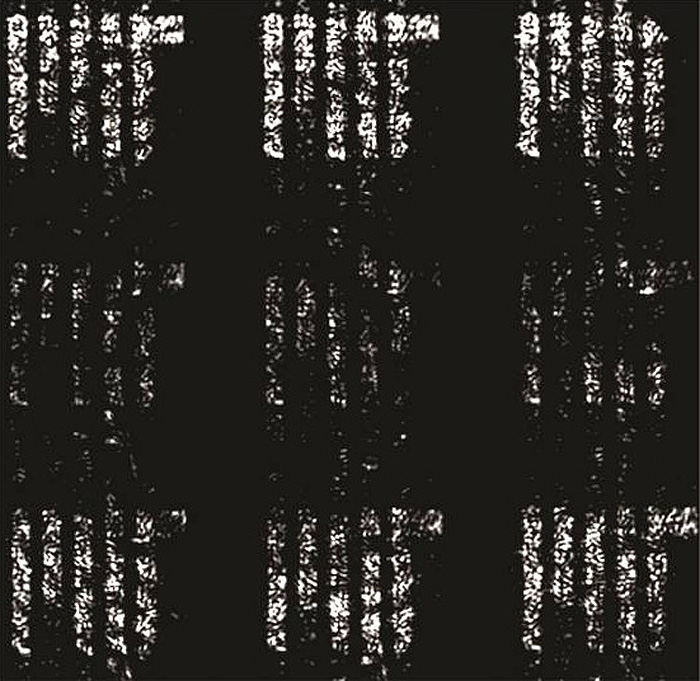Laser-steering Chips Shed Slight on Holograms

From the holodeck to a posthumous Tupac concert, holograms have been an obsession not only of sci-fi fans, but of the general public as well. But while we don't yet have droid answering machines yet, a team of MIT researchers led by Michael Watts may have put us closer to that goal.
The team set out to create a moving light source – a technology that was originally limited to a spotlight-style light source in a mobile mechanical housing. Instead Watts, along with Jie Sun, Urman Timurdogan, Ami Yaacobi and Ehsan Shah Hosseini aimed to produce an array of light emitters capable of varying their “phase,” producing light waves that would interfere with one another in certain locations while intensifying the light in others. This allows the light source to create a beam in any location without ever moving.
The idea is not dissimilar to the technology behind noise canceling headphones, which analyzes an incoming ambient sound wave, and counteracts it with a sound wave of the same amplitude but an inverted wave pattern, effectively neutralizing the original wave. But in this case, two laser beams of light that are calibrated to the same frequency can cancel each other's light.
But phased arrays aren't exactly new – in fact, they've been around for over a century, often used in 100-foot-tall radar transmitters. But in their paper published in this week's issue of Nature, the MIT team describes a 64x64 grid of 4,096 antennas that fits on a single silicon chip.
On this chip, the antennas create a grid of 9 MIT logos that hover above the surface of the chip. But instead of just turning off antennas in the blank space surrounding the logo's letters, the light is neutralized instead. This is done by aiming the rays such that they collide and their amplitudes add up to zero.
In the second chip – an 8x8 grid of antennas – the phase shift that the antennas produce is tunable, allowing the chip to steer light in arbitrary directions. The only difference in chip design is the substantial increase in the number of wires coming off the tunable chip, so implementing this on a larger chip would have been a tedious undertaking. However, the 8x8 design was enough to test and prove the principle.
In the field of phased-array optics, both chips represent the state of the art. The 8x8 design is the first tunable array to be built on a chip, while the non-tunable 64x64 design represents a significant upgrade from its 4x4 predecessor.
According to Watts, this technology may be paving the way for much larger arrays. “It's now very believable that we could make a 3D holographic display.”
And that's not the only possible application. If met with success, these arrays could allow for anything from smaller, more efficient laser rangefinders to medical imaging devices capable of threading through tiny blood vessels.
Full story at MIT










